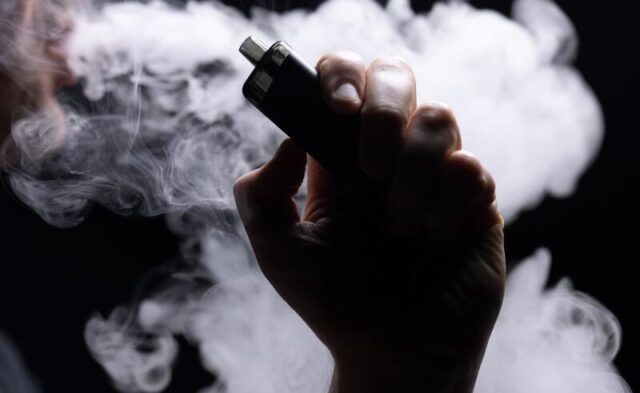The group reveals that in a follow-up survey conducted a few weeks after the 12-week challenge period had ended, 41% of respondents were still not smoking.
ACCORDING to data shared by the consumer advocacy group Vaping Saved My Life (VSML), over half of the participants in the 12-week vaping trial quit smoking.
The group reveals that in a follow-up survey conducted a few weeks after the 12-week challenge period had ended, 41% of respondents were still not smoking.
It added that among those who had relapsed, 46% said that although they still smoked a little, it was a small fraction of their prior consumption, and they felt optimistic about their ability to successfully quit in the future using vaping products.
All of the close-out survey participants said they would recommend switching to vaping to friends or family members who smoke as a means of reducing their harm exposure or helping them to quit smoking entirely.
In the future, 68% indicated they would carry on vaping, 18% would be smoking and vaping, and 14% would just be smoking.
VSML co-founder Kurt Yeo, who is an ex-smoker who successfully made the switch to vaping, speaks about vaping.
‘’Smoking cessation is the goal of at least 66% of the 11.1 million South Africans over the age of 15 who smoke,’’ Yeo says.
‘’Unfortunately, due to a lack of public smoking cessation services and products, many are destined to fail, with only 3% to 5% ever achieving complete abstinence by relying on the ‘cold turkey approach.’’
‘’Countries around the world have struggled for decades in tackling this extremely dangerous and stubborn habit with varying degrees of success, but none have reached the elusive smoke-free status of 5%. The answer will not be found in restrictions, excise taxes, or approved cessation methods but in a concept that proved instrumental in the fight against other non-communicable threats to public health: harm reduction,’’ he explains.
Yeo further points out that vaping and other less harmful nicotine products do just that by offering the same desired effect and eliminating the harm as much as possible.
‘’Harm reduction does not rely only on a product or behavioural substitutes but requires accurate and truthful information, empowering the user to make informed decisions. The now-proven strategy of harm reduction acknowledges that, for some, the leap to complete abstinence is too great, and the next-best approach is to reduce the harmful consequences of their choices.’’
The group says the results of the ‘Mzansi Make the Switch’ social experiment illustrate that vaping may play an important role in supporting smokers’ desire to quit smoking, avoid relapse, or reduce their smoking.
Additionally, as participants also reported feeling significant enhancements in their health, this demonstrates that vaping should be further explored as a potentially feasible method for harm reduction in South Africa.
The Star








